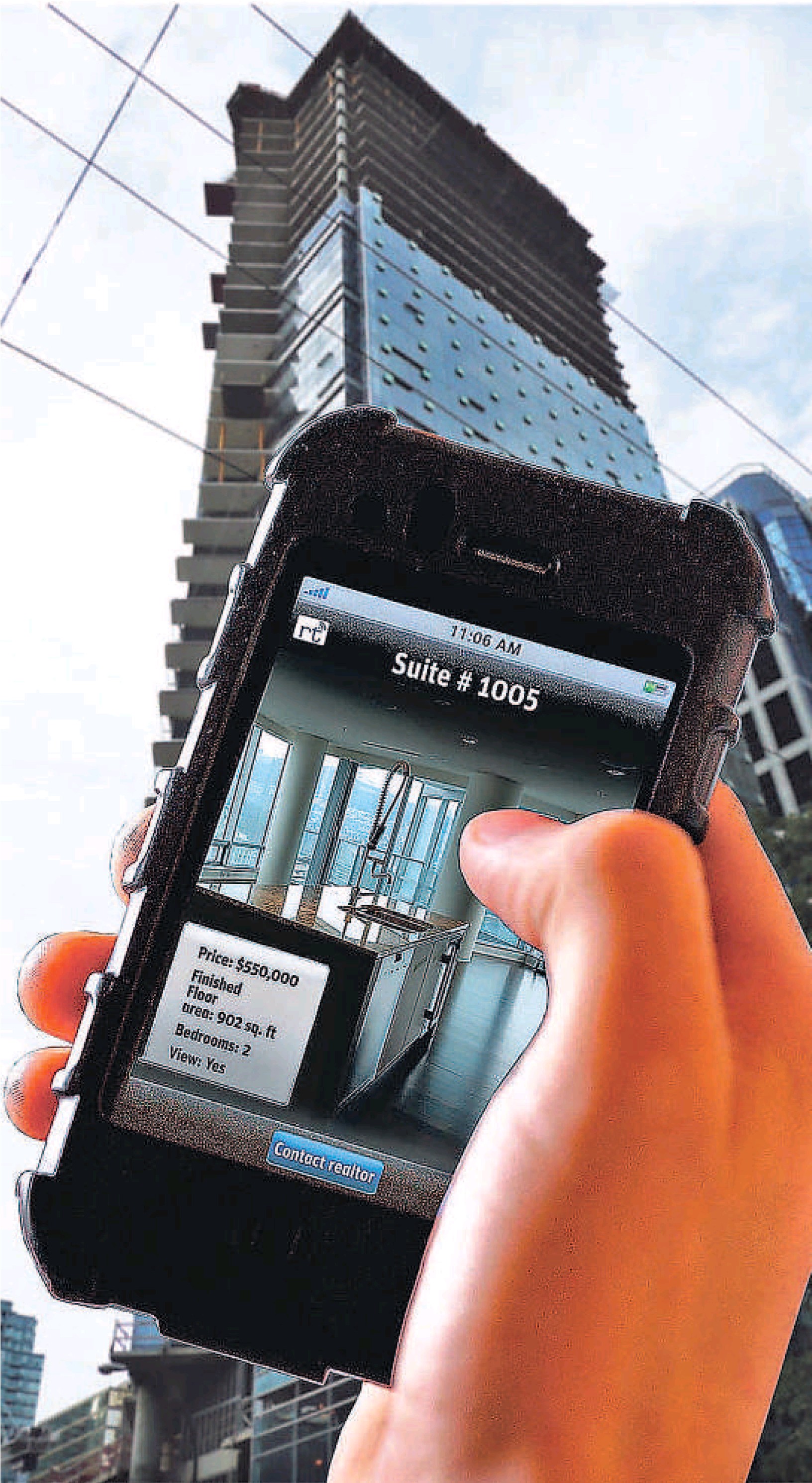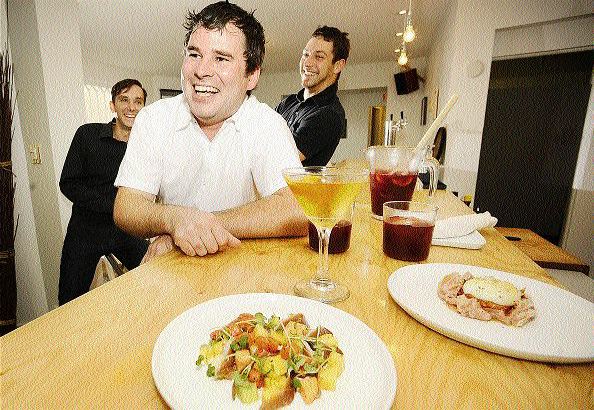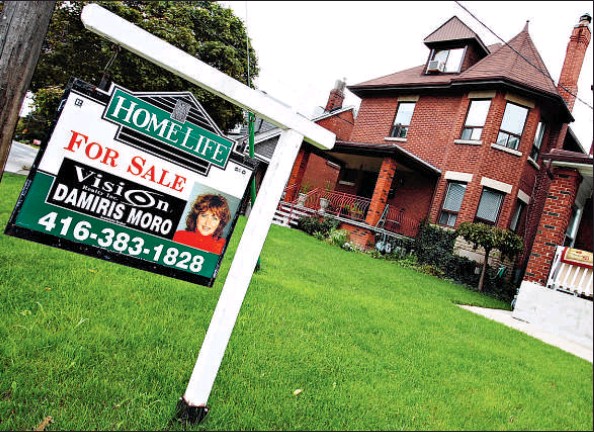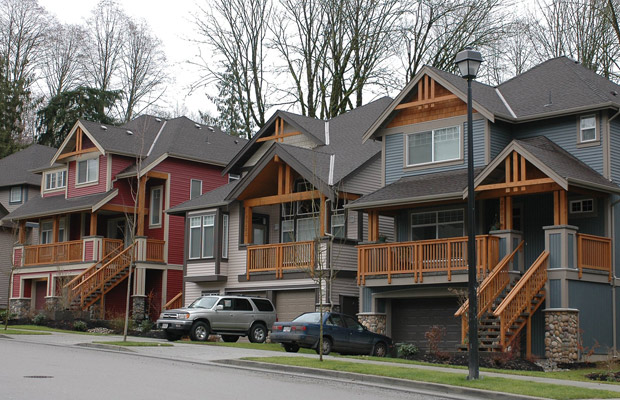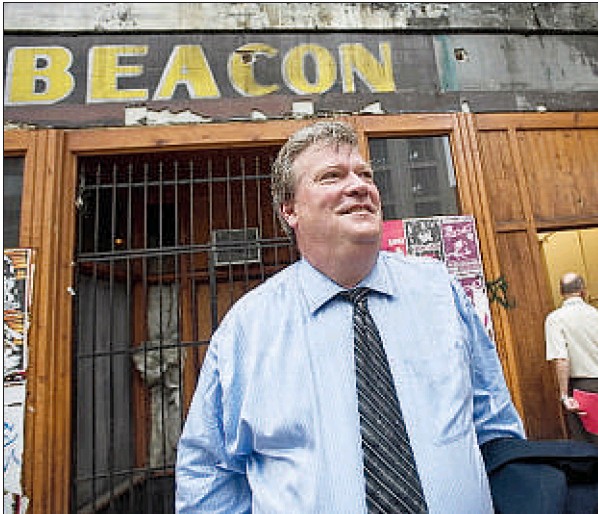Don Cayo
Sun

The total tax bill on a new $565,000 home is $82,974, after all three levels of government take a piece. Photograph by: Ian Smith, Vancouver Sun
The way new homes are taxed in B.C. is excessive, wrong-headed and harmful, and the harmonized sales tax will make it worse.
So I think the home-building industry is aiming too low when it asks for some breathing room to consult with the government, and some tweaking of new-home provisions in the pending federal-provincial HST deal. It should seek — and citizens should support — a thorough review of how all levels of government are driving house prices into the stratosphere.
By the province’s own calculation, the pending tax shift — scrapping the seven-per-cent provincial sales tax and adding seven per cent to the five-per-cent GST — will add $12,500 to the cost of a $650,000 home.
Such a home is, of course, on the low side of what Vancouverites must actually spend to buy a house these days. And this is just the tip of the iceberg.
Peter Simpson, CEO of the Greater Vancouver Home Builders Association, has crunched numbers on a somewhat cheaper home, for which the HST will add a noticeably less additional tax bite — an increase of about $7,500 on a $565,000 new home.
Yet the total tax load on the home will add up to $82,974. Without adding a number of smaller amounts, it will include:
– $2,400 in provincial property transfer tax on the original land sale, plus $8,598 PTT on the finished home.
– $20,603 in municipal development charges.
– $1,731 in water and sewer fees.
– $2,339 for a building permit.
– $695 for the Homeowners Protection Office warranty, plus a $220 Build Green fee.
– $63,588 in HST, less $20,000, which is a five-per-cent rebate on the first $400,000 spent on the home.
Ergo $82,974 — a huge burden at what is already a difficult time for buyers, especially for young families.
All three levels of government — well, four, since the regional district also has its hand in new homeowners’ pockets — may all think they need the money. And I, myself, argued as recently as Monday that, as long as we encourage or tolerate government spending at current levels, we citizens ought not whine at having to pay the cost.
But this is too much to take at one time from too few, especially at a time when they can least afford it. It is, simply put, bad policy to put extra barriers in the way of people facing the already-daunting challenge of providing their family with a home.
And don’t imagine this is just a plea for a tax break for the rich. Consultant Frank Clayton of the Altus Group looked in-depth at who buys homes in Ontario. He found that a quarter of the buyers of newly built Toronto-area homes costing $400,000-$500,000 had incomes under $70,000 a year, as do a fifth of the buyers of homes priced at $500,000 or more. You can bet the numbers are similar here. There’s no shortage of anecdotal evidence that a lot of Vancouverites live incredibly frugally in order put their own roof over their heads.
Altus didn’t look as closely at B.C. as at Ontario, which has also announced it will adopt the HST next July. But an Altus report does point out that in 2006, government-imposed costs added 11.4 per cent to a median-priced house ($715,000) in Vancouver, and 17.4 per cent in Surrey, with a median of $500,000.
I’m guessing the provincial government is getting hammered hard enough on housing costs that it will soon do something with the property transfer tax. With luck, they’ll scrap it, although they may just tinker.
But even scrapping this tax — one of the most unfair and counter-productive tools in the taxman’s kit — isn’t enough. What’s needed is a full review of what governments take from new home buyers, and some intelligent decisions about how much is enough, and which government should get what.
Because currently the whole mess is out of control. Look at just one aspect, development fees, which Altus notes have crept up from about 10 per cent of municipal revenue in 1995 to nearly 20 per cent in 2007.
On one hand, these have been leveraged to provide some striking and worthy amenities in places like Vancouver. But when you look at the essence of these fees, a not-so-pretty picture emerges. What they actually do is take capital costs that would otherwise be paid for by government borrowing, and pawn it off to mortgages of newcomers to the area. Thus they represent a massive tax shift from long-time residents to newcomers.
I’m not saying these kinds of fees must be dropped — perhaps it’s fair to ask newcomers to pay extra, since they are gaining access to existing amenities.
But is it fair to extract these substantial sums plus HST, plus costly permits, plus . . . plus . . . plus? I don’t think so.
The province alone didn’t create this can of worms, but its HST decision certainly pried the lid off. So it’s up to the province, I believe, to use its influence with Ottawa and its power over the municipalities to find ways to rein in the overall tax load on new homes.
In the meantime, the feds could speed the process by agreeing to the request of the Canadian Home Builders Association branch in Victoria and delaying the planned end-of-the-month signing of the deal. Because, on balance, the move from PST to HST should be a good one for the provincial economy. But the whole process risks being sullied by this one very large flaw.
© Copyright (c) The Vancouver Sun

